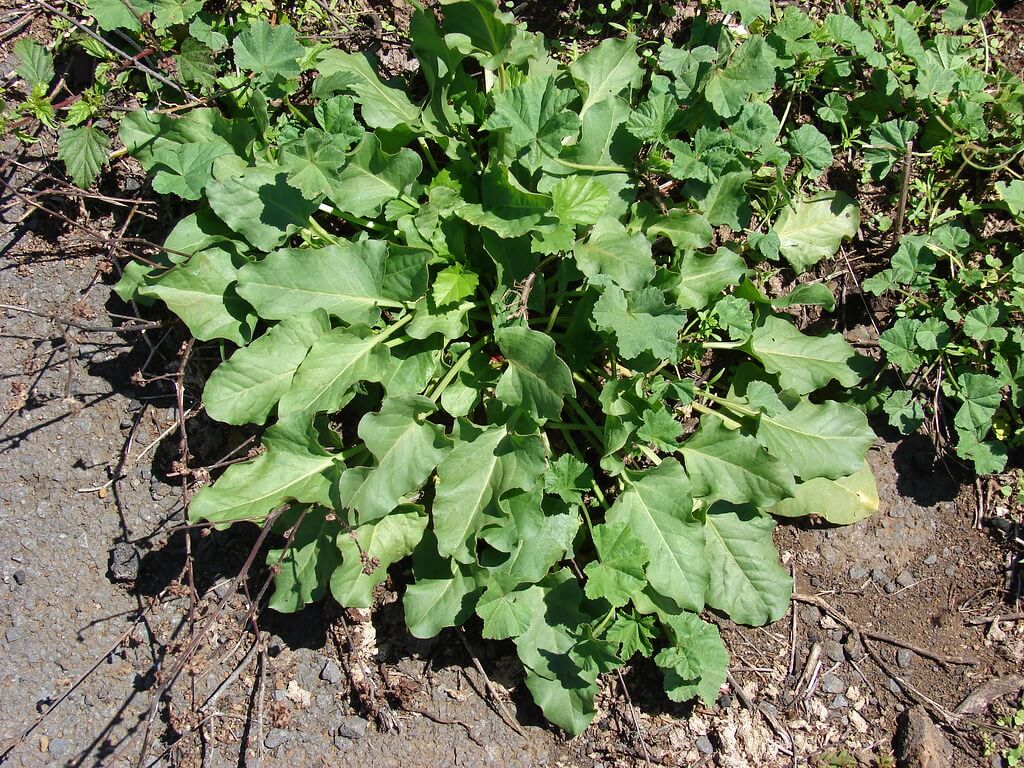APC (2021). Australian Plant Census. Council of Heads of Australasian Herbaria (CHAH). Available at: Vascular Plants APNI (biodiversity.org.au)
AVH (2021). The Australasian Virtual Herbarium. Council of Heads of Australasian Herbaria (CHAH). Available at: Home - AVH (chah.org.au)
CABI. (2021). Emex spinosa (spiny emex). In: Invasive Species Compendium. Wallingford, UK: CAB International. Available at: Emex spinosa (spiny emex) | CABI Compendium (cabidigitallibrary.org)
CSIRO Entomology (2006). Biological control of Emex: the weed and potential agents. CSIRO Pest Management Fact Sheet.
Navie S. (2004). Declared Plants of Australia. An identification and information system. Centre for Biological Information Technology: Brisbane. [CD-ROM]
Parsons, W.T. and Cuthbertson, E.G. (2001). Noxious Weeds of Australia. CSIRO Publishing, Victoria.
PlantNET (2021). The NSW Plant Information Network System. Royal Botanic Gardens and Domain Trust, Sydney. Available at: PlantNET - FloraOnline (nsw.gov.au)
POWO (2019). Plants of the World Online. Facilitated by the Royal Botanic Gardens, Kew. Available at: Rumex spinosus L. | Plants of the World Online | Kew Science
Scott, J.K., Bowran, D.G. and Corey, S.A. (eds). (1996). Emex australis: biology, management and research. Proceedings of a workshop held at CSIRO Floreat Laboratories, Floreat, Western Australia, on 11 December 1995. CRC for Weed Management Systems. Reprinted from Plant Protection Quarterly 11(4): 137-178.
Scott, J. K. and Yeoh, P. B. (2004). Emex spinosa (L.) Campd.: a predicted weed threat that has not lived up to expectations? In B.M. Sindel and S. B. Johnson (eds), Weed management: balancing people, planet, profit. 14th Australian Weeds Conference, Wagga Wagga, New South Wales, Australia, 6-9 September 2004: papers and proceedings.
Thorp, J.R. & Wilson, M. (1998 - ). Weed Identification - Spiny Emex Emex australis.
USDA, Agricultural Research Service, National Plant Germplasm System. (2021). Germplasm Resources Information Network (GRIN-Taxonomy). National Germplasm Resources Laboratory, Beltsville, Maryland. Available at: Simple Query Species Data GRIN-Global (pir.sa.gov.au)
VicFlora (2016). Flora of Victoria, Royal Botanic Gardens Victoria. Available at: VicFlora: Emex spinosa (rbg.vic.gov.au)













